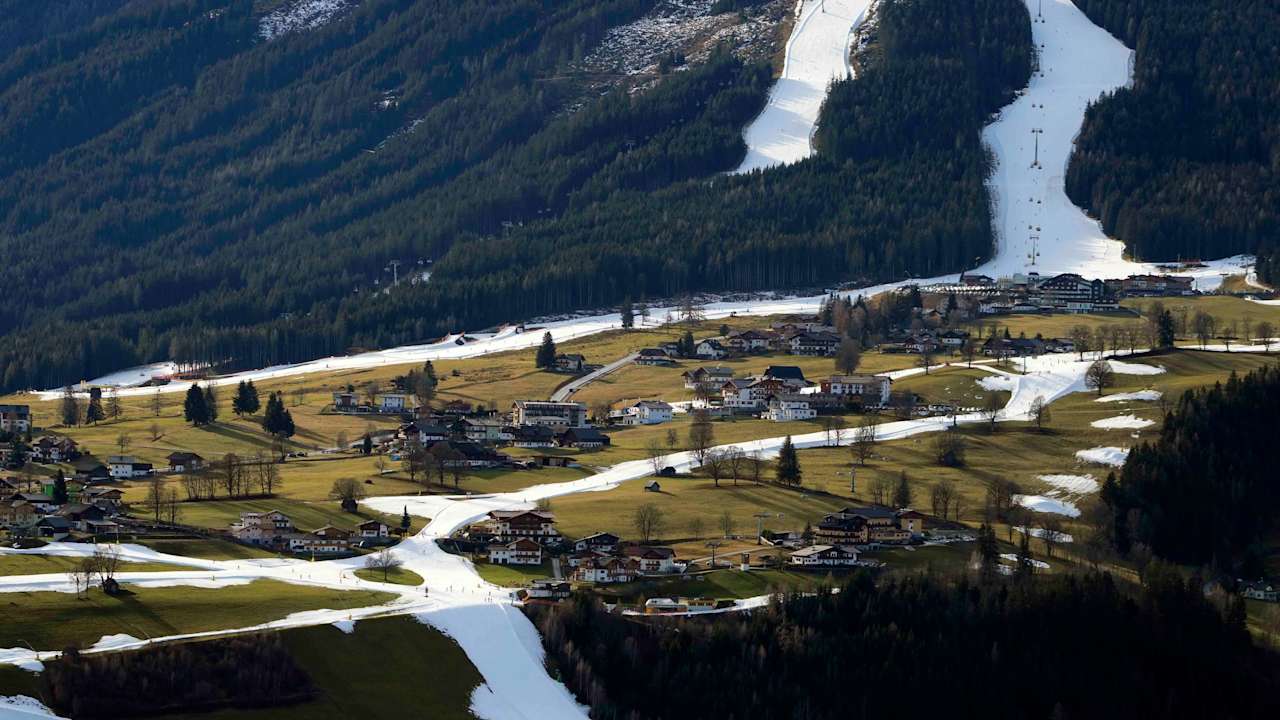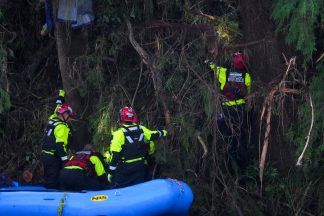European ski resorts face an “existential threat” due to climate change, experts have warned.
The World Meteorological Organisation (WMO) and the International Ski (FIS) said winter sports and tourism face a bleak future due to rising temperatures, as they announced a new partnership to promote change.
Research shows the “zero-degree level” – the altitude where the temperature is zero and therefore allows lasting snow – could rise from 850 metres to 1,500 metres by 2060 if no action is taken, according to the Swiss Climate Change Scenarios.
This means resorts that extend lower than 1,500 metres could face dramatic changes to their slopes and could mean they need to increasingly rely on artificial snow.
FIS President, Johan Eliasch, said: “The climate crisis is obviously far bigger than FIS − or sports, for that matter: it is a genuine crossroads for mankind.
“It is true, though, that climate change is, simply put, an existential threat to skiing and snowboarding.”
A report by Nature Climate Change in 2023 projects that over half of Europe’s ski resorts will face a severe lack of snow if temperatures rise 2 degrees Celsius above pre-industrial levels – while nearly all would be at high risk by an increase of 4 degrees.
Not only do changes in snowfall and snow cover have an effect on winter tourism, but it also impacts hydropower and transport.
The melting of snow and glaciers also has direct consequences on the stability of infrastructures built on it and contributes to an increasing amount of carbon in the atmosphere, according to the WMO.
“Ruined winter vacations and cancelled sports fixtures are – literally – the tip of the iceberg of climate change,” WMO Secretary-General Celeste Saulo said.
“Retreating glaciers, reduced snow and ice cover and thawing permafrost are having a major impact on mountain ecosystems, communities and economies and will have increasingly serious repercussions at local, national and global level for centuries to come,” she added.
In Switzerland, alpine glaciers have lost about 60% of their volume since 1850, according to MeteoSwiss.
They also found that the number of days with snowfall at altitudes below 800 metres has halved since 1970.
In October, the Swiss government announced that part of the border between Italy and Switzerland is set to be redrawn as the glaciers that mark the boundary are melting.
Follow STV News on WhatsApp
Scan the QR code on your mobile device for all the latest news from around the country
























